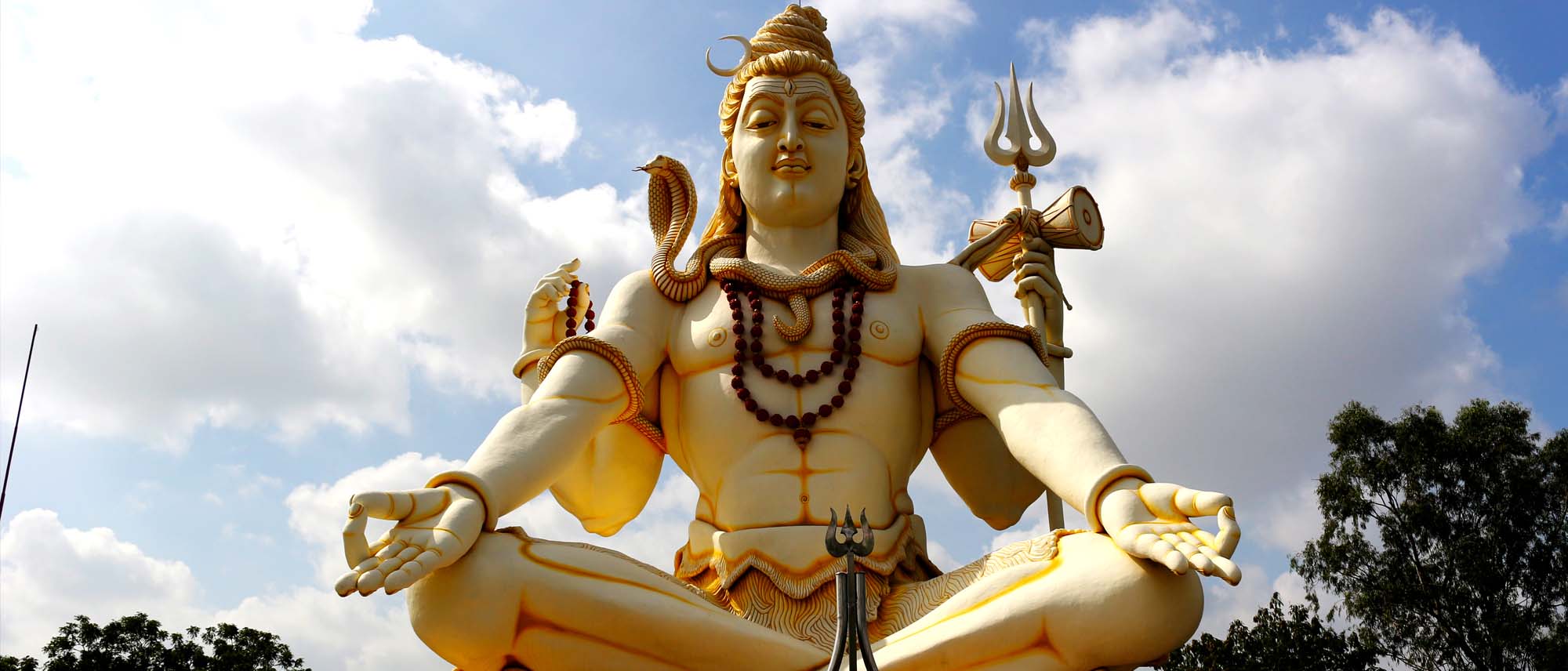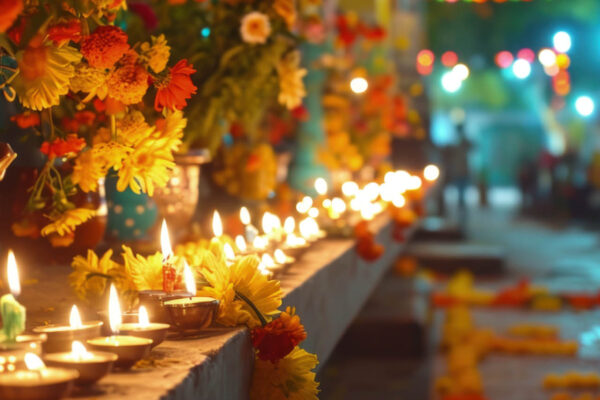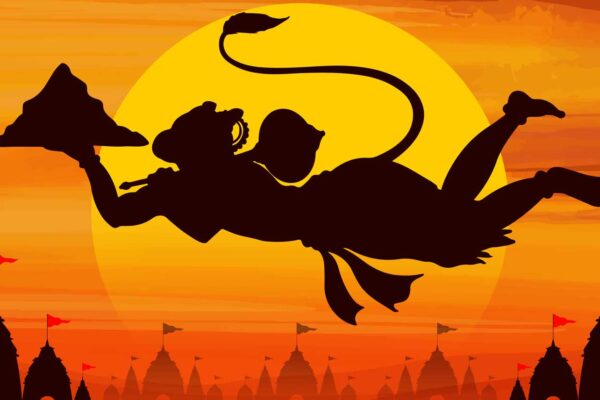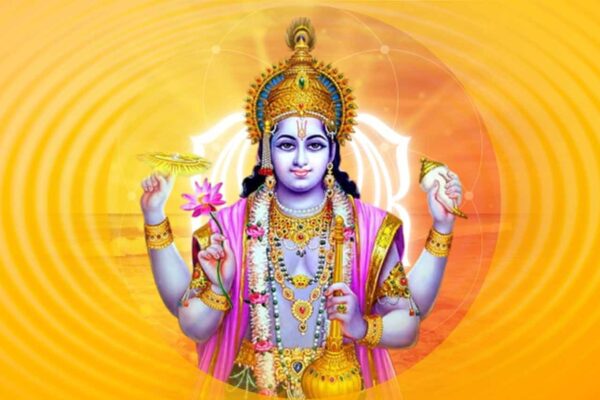Lord Shiva, one of the principal deities in Hinduism, is revered as the destroyer of evil and the transformer. He is worshipped in many forms across India, but the most sacred representations are the 12 Jyotirlingas, where Shiva is believed to have manifested as a beam of divine light. Understanding these holy sites not only deepens our spiritual journey but also connects us with India’s rich cultural heritage.
Who Is Lord Shiva?
Lord Shiva is part of the Holy Trinity in Hindu mythology, along with Brahma and Vishnu. Unlike the others, Shiva represents both creation and destruction. Devotees worship him for inner peace, wisdom, and liberation from the cycle of rebirth. Notably, Shiva is often depicted in meditation or as Nataraja, the cosmic dancer.
Moreover, Shiva’s unique appearance—with a crescent moon, third eye, blue throat, and serpents—symbolizes control over time, wisdom, and fearlessness. These qualities continue to inspire millions around the world. Additionally, many believe that meditating upon Lord Shiva brings clarity and emotional strength.
What Are Jyotirlingas?
“Jyoti” means light, and “linga” means a symbolic representation of Shiva. Hence, Jyotirlingas are radiant manifestations of Lord Shiva. They serve as spiritual epicenters where his energy is most potent. It is believed that visiting these 12 sacred shrines washes away sins and leads to moksha (liberation). Therefore, embarking on this journey is not just travel—it’s a spiritual awakening.
Let’s explore each one of them in detail.
The 12 Jyotirlingas of Lord Shiva
1. Somnath – Gujarat
Location: Prabhas Patan, Gujarat
Why Visit: Known as the first and foremost Jyotirlinga, Somnath symbolizes resilience. Over centuries, it has been destroyed and rebuilt multiple times, yet it continues to attract countless devotees. Consequently, it stands as a testament to unwavering faith.
2. Mallikarjuna – Andhra Pradesh
Location: Srisailam, Andhra Pradesh
Why Visit: This temple beautifully combines a Jyotirlinga and a Shakti Peetha. Located amidst lush forests, it radiates harmony between Shiva and Shakti energies. Furthermore, the temple architecture is equally awe-inspiring.
3. Mahakaleshwar – Madhya Pradesh
Location: Ujjain, Madhya Pradesh
Why Visit: Famous for its Bhasma Aarti, Mahakaleshwar is considered immensely powerful. The rituals here are believed to shield devotees from negativity and evil. Moreover, Ujjain itself is an ancient and sacred city.
4. Omkareshwar – Madhya Pradesh
Location: Mandhata Island, Narmada River
Why Visit: Situated on an island shaped like ‘Om’, this temple offers a deeply spiritual ambiance. The sound of the flowing river enhances the experience. As a result, it is ideal for seekers looking for peace.
5. Kedarnath – Uttarakhand
Location: Rudraprayag district, Uttarakhand
Why Visit: Nestled in the Himalayas, Kedarnath is accessible only after a trek. However, the breathtaking views and divine energy make the journey worthwhile. Besides, it is one of the Char Dham pilgrimage sites.
6. Bhimashankar – Maharashtra
Location: Pune district, Maharashtra
Why Visit: Enclosed by dense forests, this temple delivers a rare blend of natural beauty and spiritual serenity. Trekking enthusiasts and devotees alike enjoy the experience. Additionally, the temple’s peaceful environment rejuvenates the soul.
7. Kashi Vishwanath – Uttar Pradesh
Location: Varanasi, Uttar Pradesh
Why Visit: Positioned on the banks of the sacred Ganges, this temple offers instant spiritual upliftment. It’s one of India’s oldest and most revered Shiva temples. Therefore, it is a must-visit for all devotees.
8. Trimbakeshwar – Maharashtra
Location: Nashik, Maharashtra
Why Visit: Located near the origin of the Godavari River, this temple showcases a unique lingam representing the Trinity—Brahma, Vishnu, and Shiva. As such, it holds immense spiritual importance.
9. Vaidyanath – Jharkhand
Location: Deoghar, Jharkhand
Why Visit: Also known as Baba Dham, this temple is where Shiva is believed to cure diseases. During Shravan, thousands of devotees throng the site for blessings. Hence, it’s ideal for spiritual healing.
10. Nageshwar – Gujarat
Location: Near Dwarka, Gujarat
Why Visit: This temple symbolizes protection from poison and negative energies. A massive Shiva statue here draws attention and admiration. Consequently, it is both spiritually and visually captivating.
11. Rameshwaram – Tamil Nadu
Location: Rameshwaram Island, Tamil Nadu
Why Visit: Lord Rama is said to have prayed to Shiva here before his Lanka mission. As part of the Char Dham, it holds great spiritual significance. Moreover, it’s surrounded by serene coastal beauty.
12. Grishneshwar – Maharashtra
Location: Near Ellora Caves, Aurangabad
Why Visit: As the final Jyotirlinga, it sits beside the Ellora Caves. The temple’s ancient architecture offers a deep dive into spiritual artistry. Furthermore, it marks the culmination of the Jyotirlinga journey.
Why You Should Visit the 12 Jyotirlingas
Each Jyotirlinga holds immense spiritual power. Visiting them not only purifies your soul but also enhances your devotion and understanding of life’s deeper meanings. Furthermore, these temples are located in scenic and culturally rich parts of India, making them ideal for spiritual and cultural exploration.
Whether you’re a Shiva devotee or a spiritual traveler, visiting these holy places can bring profound transformation and peace. In addition, they offer a rare opportunity to immerse yourself in India’s timeless spirituality.
FAQs about Lord Shiva and Jyotirlingas
Q1. What is the significance of Jyotirlingas?
A: Jyotirlingas are powerful manifestations of Shiva as beams of light. They signify his infinite nature and spiritual strength, making them highly revered in Hinduism.
Q2. Do I need to visit all 12 Jyotirlingas?
A: While not obligatory, visiting all 12 Jyotirlingas is believed to grant immense blessings and aid in achieving spiritual liberation. Therefore, many devotees aim to complete this holy circuit.
Q3. What is the best time to visit these temples?
A: The most auspicious times include the Shravan month (July-August), Maha Shivratri, and Navratri. During these periods, the temples come alive with divine energy and devotion. Moreover, festivals enhance the spiritual experience.
Conclusion
In conclusion, Lord Shiva’s divine presence resonates powerfully at each of the 12 Jyotirlingas. Planning a pilgrimage to these sacred places can rejuvenate your soul and elevate your spiritual consciousness. Moreover, exploring these temples also means discovering the cultural and natural beauty of India.
So, if you seek peace, wisdom, and spiritual growth, begin your journey today with the blessings of Lord Shiva and the 12 Jyotirlingas.





